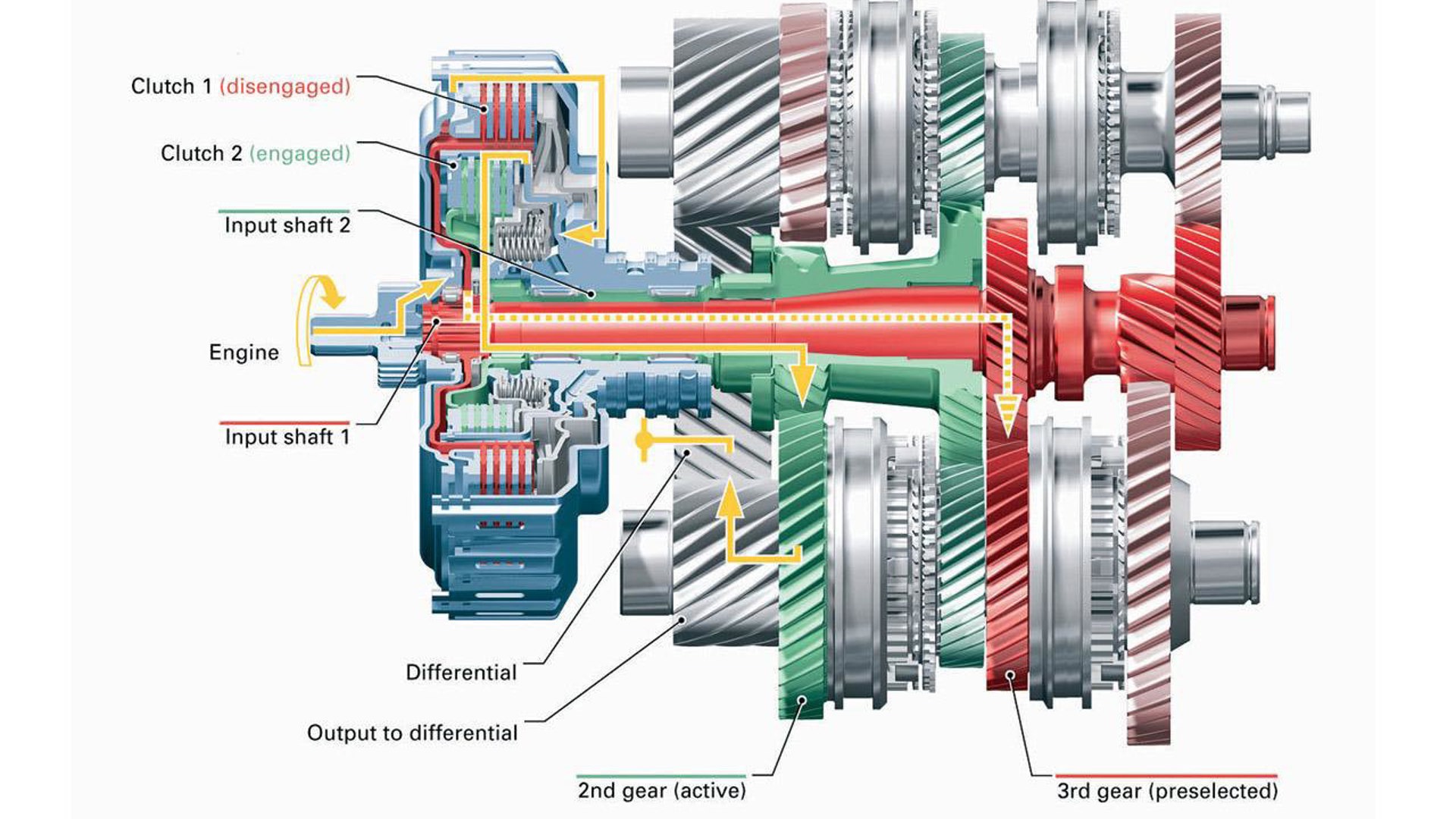“She’s got the twin-turbo straight six with the Brembos, and the six-speed manual, and she’ll do roasties all day long!”
“Sweet! What’s that got, 500 horse?”
“Ya, and 400 lb-ft of torque. Runs the quarter-mile in the 12s!”
Terminologies swirl vigorously throughout the automotive world – and if you’ve ever heard a conversation between gearheads, you know that it can all be a bit tricky to follow.
Whether you’re trying to impress that car guy or car gal you’re crushing on, trying to brush up on some terminology ahead of car shopping or a visit to your mechanic, or just trying to be more interesting at parties, we’ve broken down and explained some more common automotive lingo below.
Engine
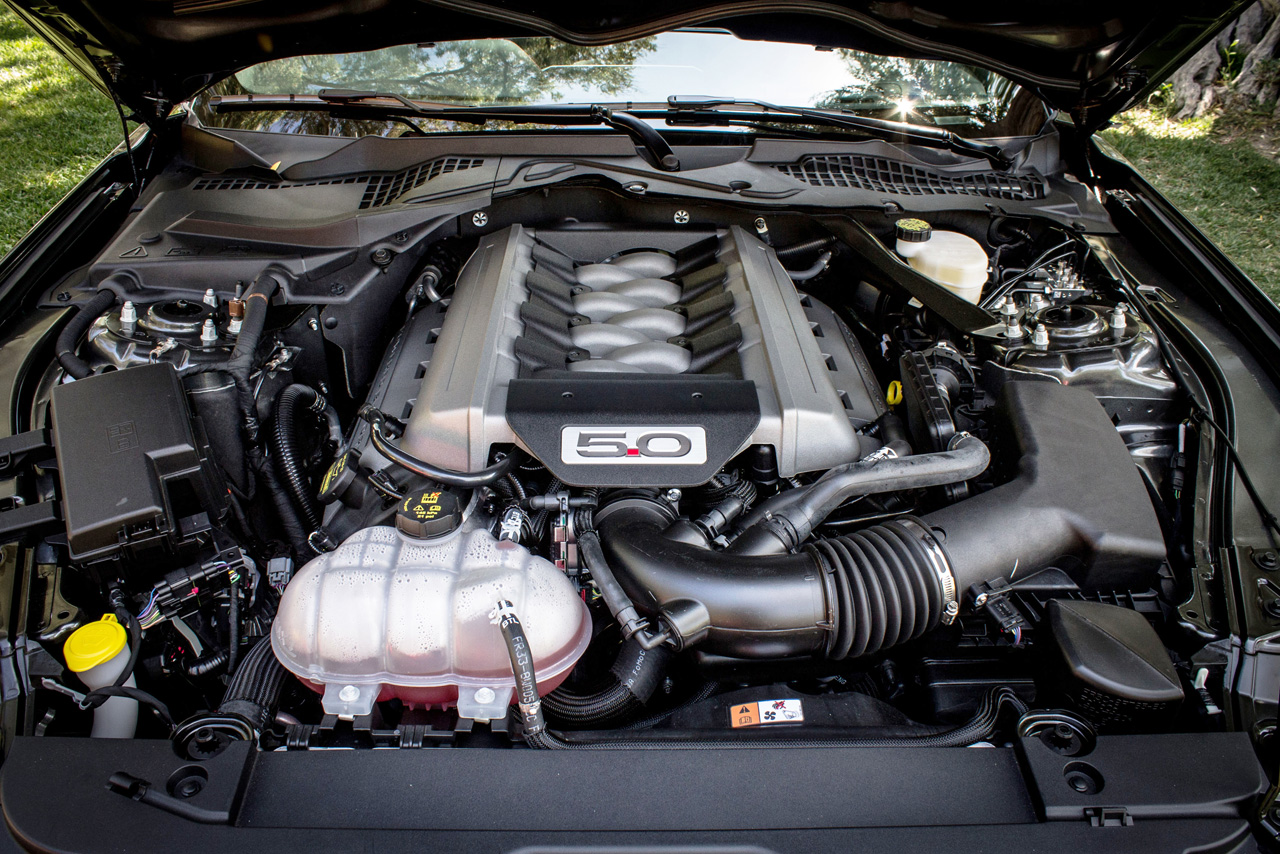
This is the heart of the vehicle, and it generates the power a vehicle uses to achieve the miracle of motion. Also called a motor or powerplant, engines are expressed in terms of their displacement (size), layout (shape), and number of cylinders. For instance, a 3.0-litre straight-six is three litres in size, and has six cylinders arranged in a straight line. A 4.0-litre V8 is four litres in size and has eight cylinders, arranged in a “V” formation. A 2.0- litre flat-four is two litres in size, with four cylinders arranged on a flat plane. Generally, more cylinders and larger sizes mean an engine is more powerful. Some engines are just designated by a nickname, like the Coyote (a Ford 5.0-litre V8 used in the Mustang).
HEMI
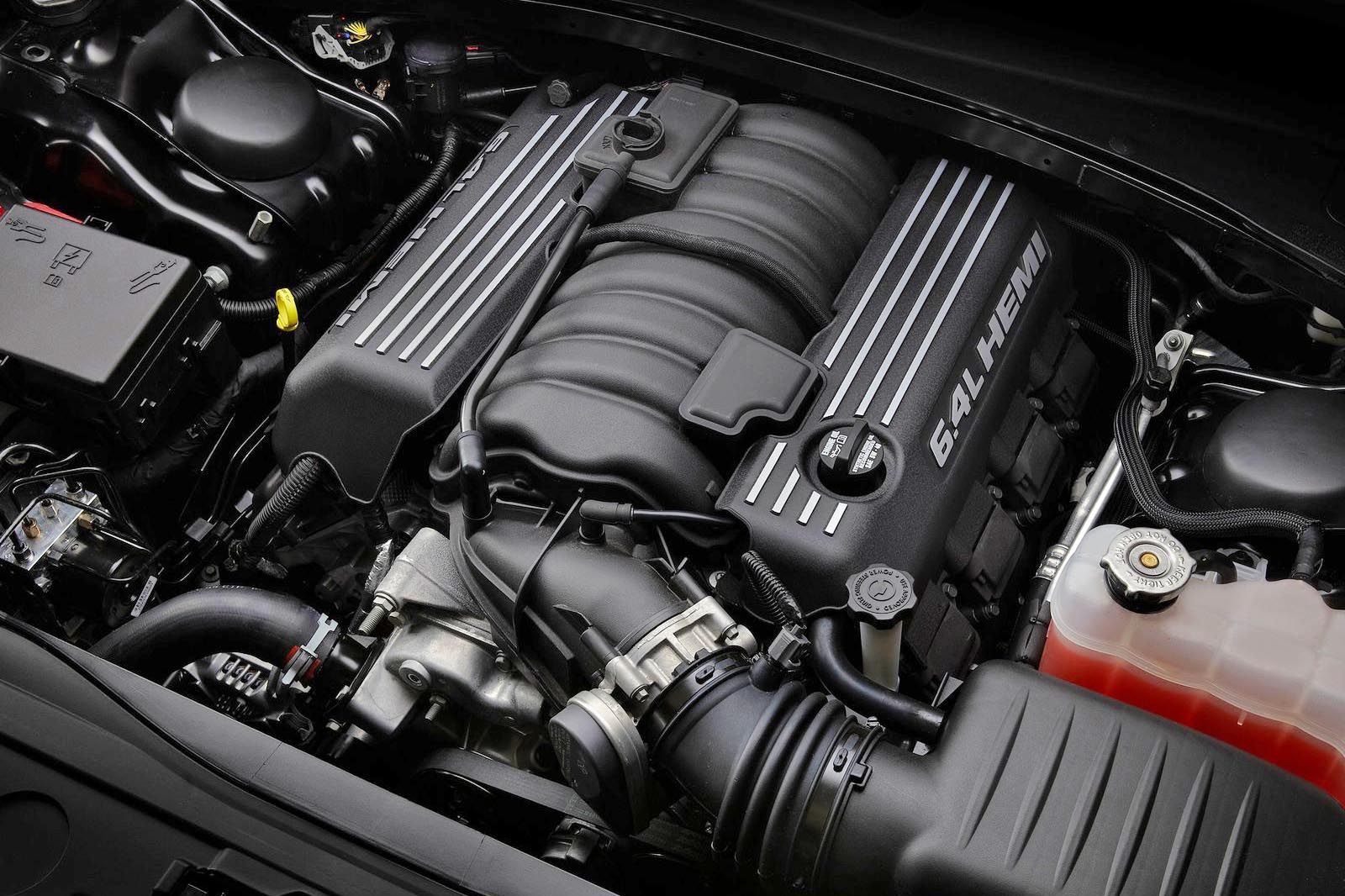
The commonly accepted nickname for a type of Chrysler-built V8 engine, referring to the originally hemi-spherical cylinder head.
Horsepower
Also called horses, horsies, ponies, or HPs, horsepower is the go-to, commonly-accepted figure that expresses how powerful a vehicle’s engine is. Telling someone how much horsepower your vehicle has is like flexing your biceps when someone asks how strong you are.
Torque
This is another representation of engine power. It’s different than horsepower, but related to it. Torque is the important figure when it comes to moving a heavy object, like a car or truck or locomotive. It’s rated as “pound-foot” or lb-ft, and can be felt as that “pushed into your seat” sensation when the throttle is applied. All engines create both horsepower and torque, and horsepower is calculated, partly, using torque figures – but torque is a less popular measurement of power than horsepower is.
Transmission

This is the part of a vehicle that turns the engine’s horsepower and torque into the driving force that turns the wheels. Usually, a transmission has between four and eight gears, or “speeds”. Most transmissions are manual or automatic, though other types exist. Nomenclature works thusly: number of speeds, then transmission type. For instance “six-speed automatic” or “seven-speed manual”. The transmission is connected to the engine on one side, and the wheels on the other. It may also be referred to as gearbox or tranny.
Hydra-Matic Drive
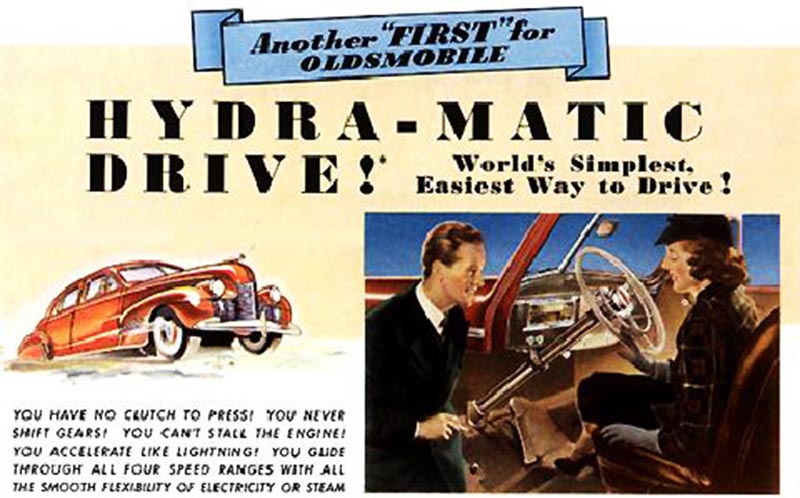
This was an early form of automatic transmission, invented by Oldsmobile a very long time ago. If you hear anyone talking about Hydra-Matic drive, they’re probably a thousand years old.
Differential

The differential, or diff, is a component used in some vehicles to take power from the transmission, and deliver it to the wheels. Most commonly, you’ll find a differential in rear-wheel-drive vehicles, like sports cars and pickup trucks. Differentials don’t get much attention. Don’t worry about them too much.
Front-Wheel Drive (FWD)

In a front-wheel-drive car, the engine only drives the front wheels. Many mainstream cars and minivans are front-wheel drive.
Rear-Wheel Drive (RWD)

In a rear-wheel-drive car, the engine only drives the rear wheels. This is more common in sportier cars.
All-Wheel Drive (AWD)

In an all-wheel-drive car or crossover, the engine and transmission and differential or differentials are configured to deliver power to all four wheels. This gives the vehicle more traction in slippery conditions, and can help make it handle better. All-wheel drive is commonly called “AWD”, and can be found in many car and crossover models. Notably, AWD systems tend to work with no driver decision making, and are typically fully automatic. Almost all Subaru models are all-wheel drive. Sometimes, AWD systems have a nickname, like Quattro (Audi), 4Matic (Mercedes), or All Wheel Control (Mitsubishi).
Four-Wheel Drive (4WD)
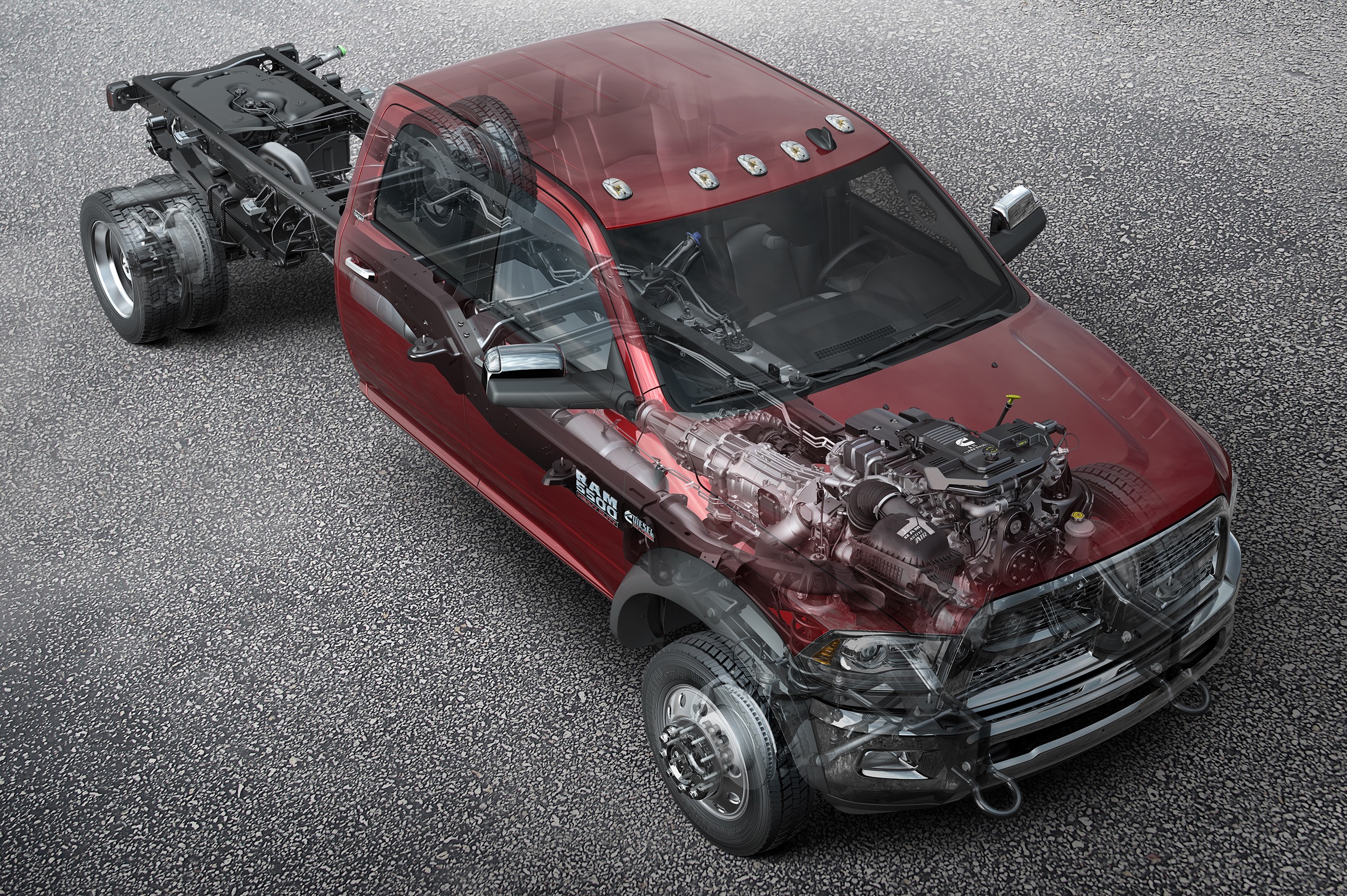
Sometimes called 4x4 or 4WD, four-wheel drive has the same traction-enhancing goal as all-wheel drive (AWD), but works differently. Usually, a 4x4 or four-wheel drive system requires the driver to activate four-wheel traction, via a button or lever. It’s more common in pickup trucks and larger SUV models.
Tire
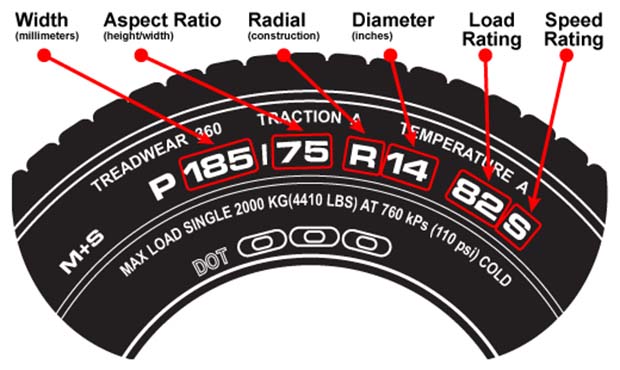
The only part of the vehicle that touches the road. Tires are black, and made of rubber. Do not confuse them with wheels, as this is a newbie mistake.
Wheel
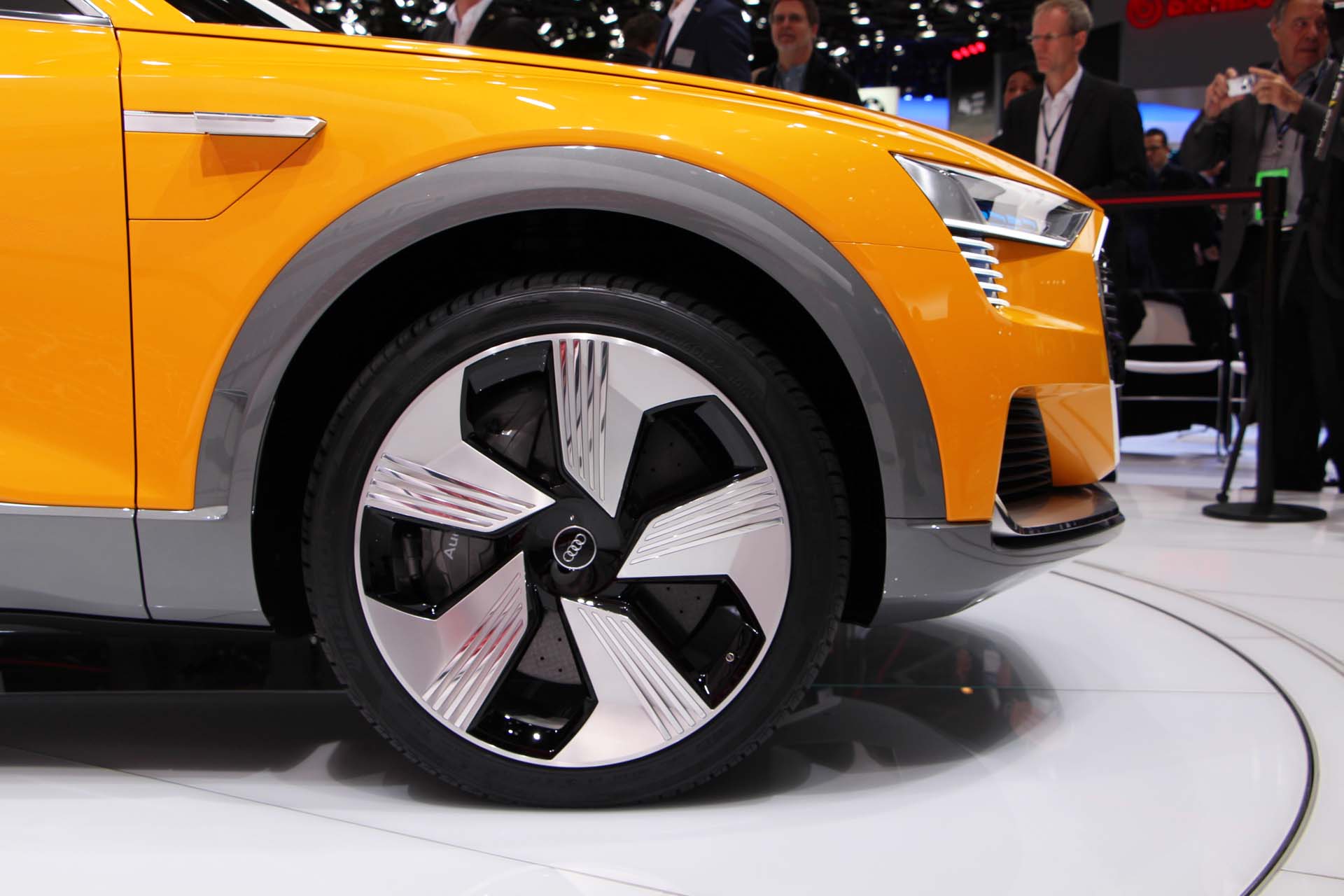
The wheel is the round, metal provision that the tire is attached to. The tire (rubber) is mounted over the wheel (metal). Tires are not wheels, and wheels are not tires, even though both are round, and spin, round and round.
Alignment
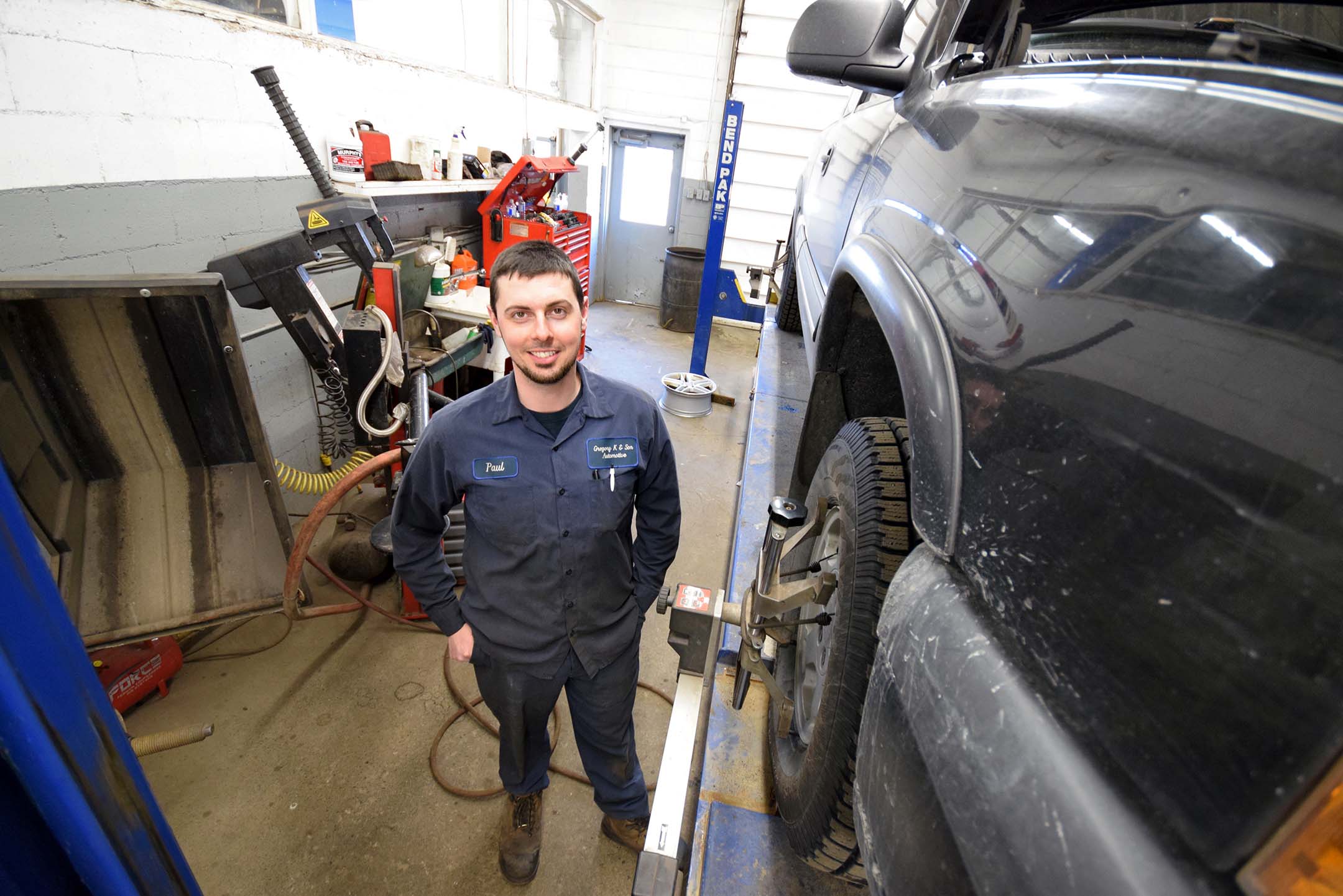
When a mechanic gives your car an alignment, they are adjusting various parts to help ensure the wheels (and therefore, the tires) are pointed perfectly straight down the road, improving fuel economy, safety and handling. Every once in a while, a vehicle needs an alignment, especially after cranking a big pothole, which can also damage a tire, or wheel.
Drag Coefficient
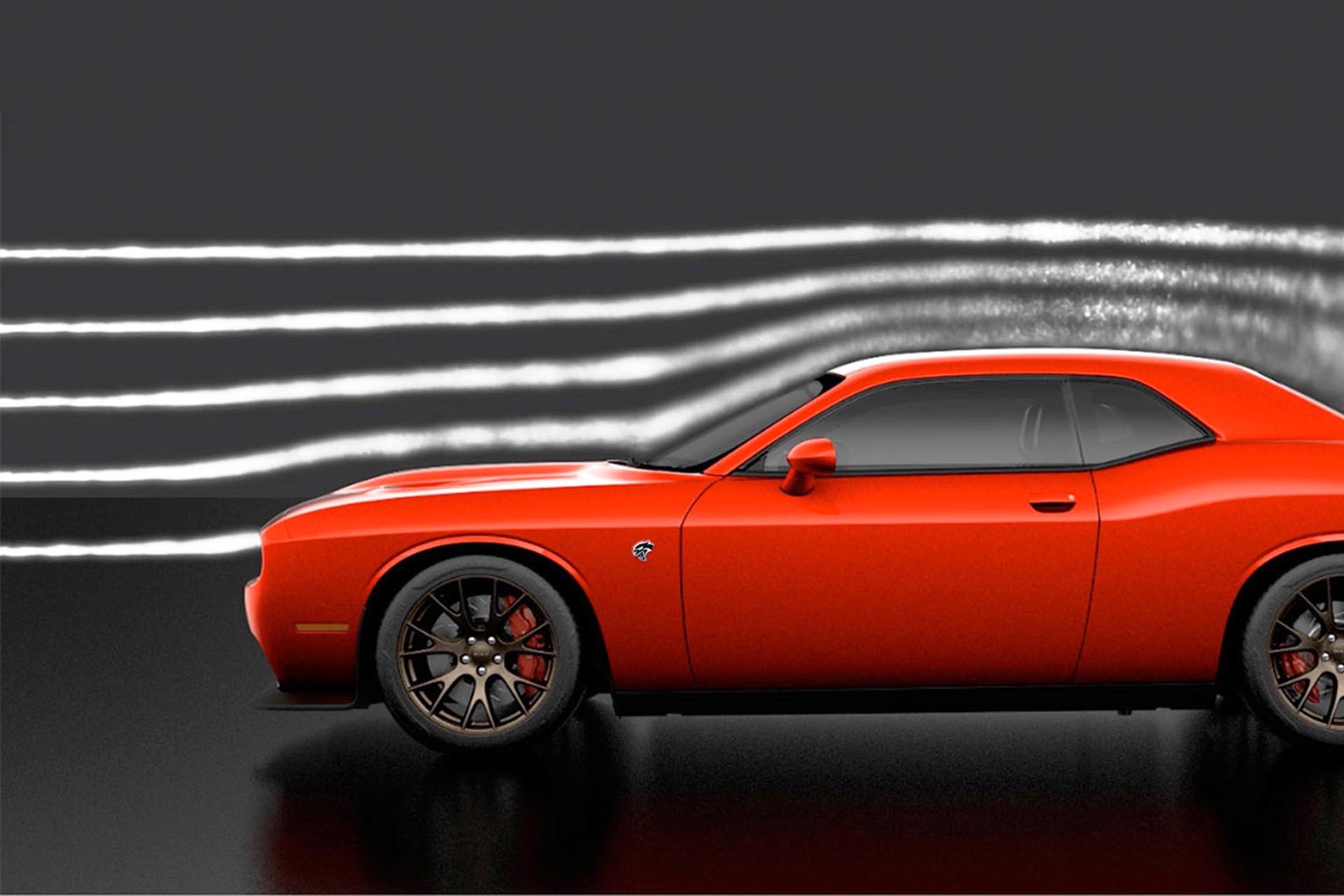
A drag coefficient figure expresses how aerodynamic a vehicle is. When a vehicle is more aerodynamic, it slips more easily through the air, which helps improve fuel economy. Aerodynamic drag is expressed with a number called the Coefficient of drag, like 0.26 Cd for instance. A teardrop is the most aerodynamic shape, but cars can’t be styled like a teardrop, since that would look silly.
Stingray
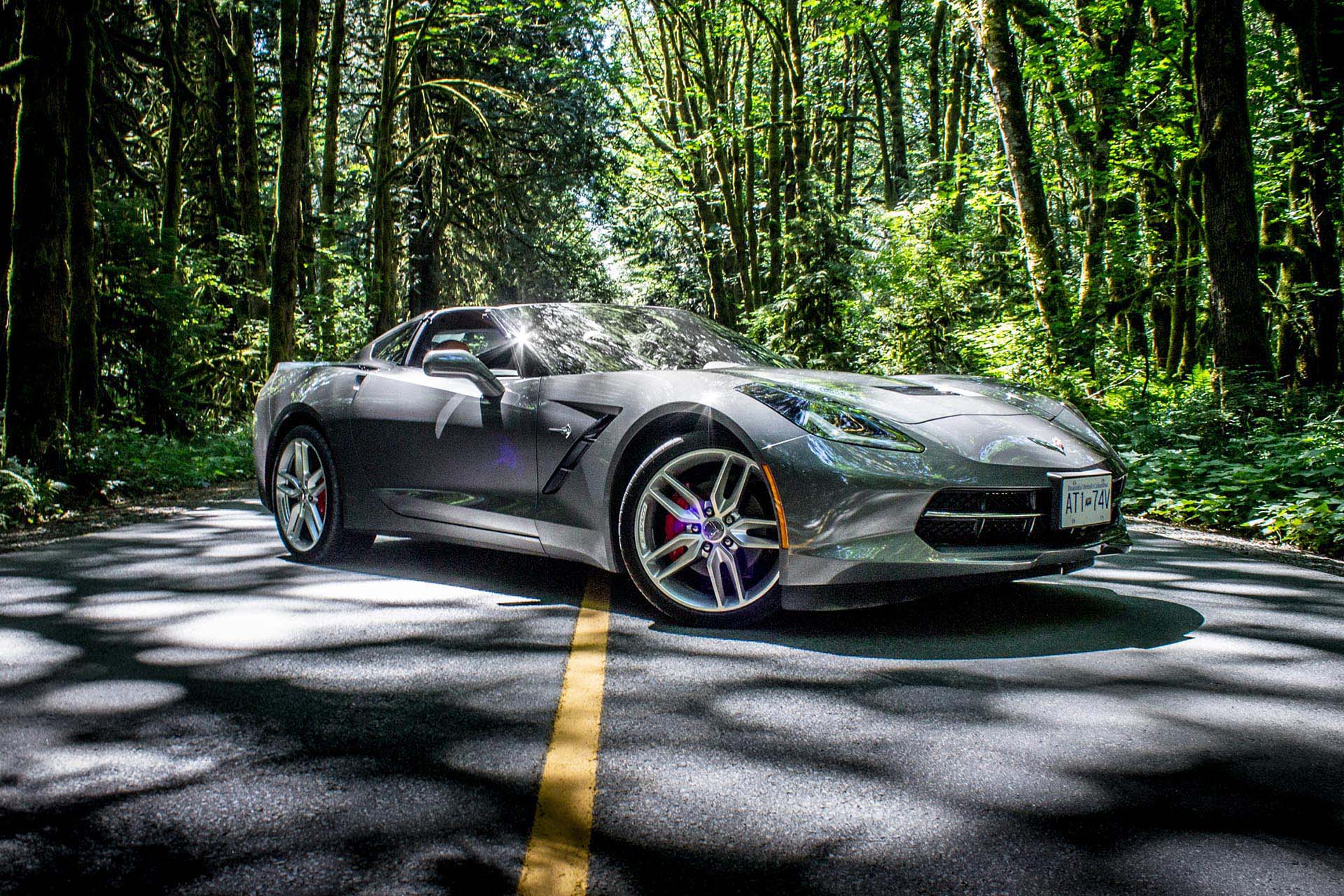 REAL
REAL
This refers to the new Chevrolet Corvette model, and used to be a Chevrolet Corvette designation back in the day, too.
Oversteer

When a vehicle oversteers, it’s skidding, from the rear. Also called a fishtail or drift, oversteer can be dangerous or fun, depending on the context. If you see a car driving with the rear end sliding outwards, it’s oversteering.
Understeer
This is the opposite of oversteer. When a vehicle understeers, the front wheels are turned, but the car carries on straight ahead – effectively amounting to a front-wheel skid. This is sometimes called “plowing”. Understeer is less entertaining to watch than oversteer, and should be avoided.
Drift

A form of controlled, intentional oversteer, where the vehicle in question is driven in a prolonged rear-wheel skid on purpose. This is a form of racing, as well as a form of teenaged shenanigans common in snow-covered parking lots behind Sears when the lights go off at 10 pm. Drifts are fun and cool and amusing to watch. They’re most commonly done by rear- or all-wheel-drive cars. If you drive a minivan, do not attempt to make it drift.
Donut

If you observe a vehicle that’s driving in a continual state of oversteer, skidding around in a big circle while making lots of noise and smoke, then that vehicle is making a donut.
Burnout
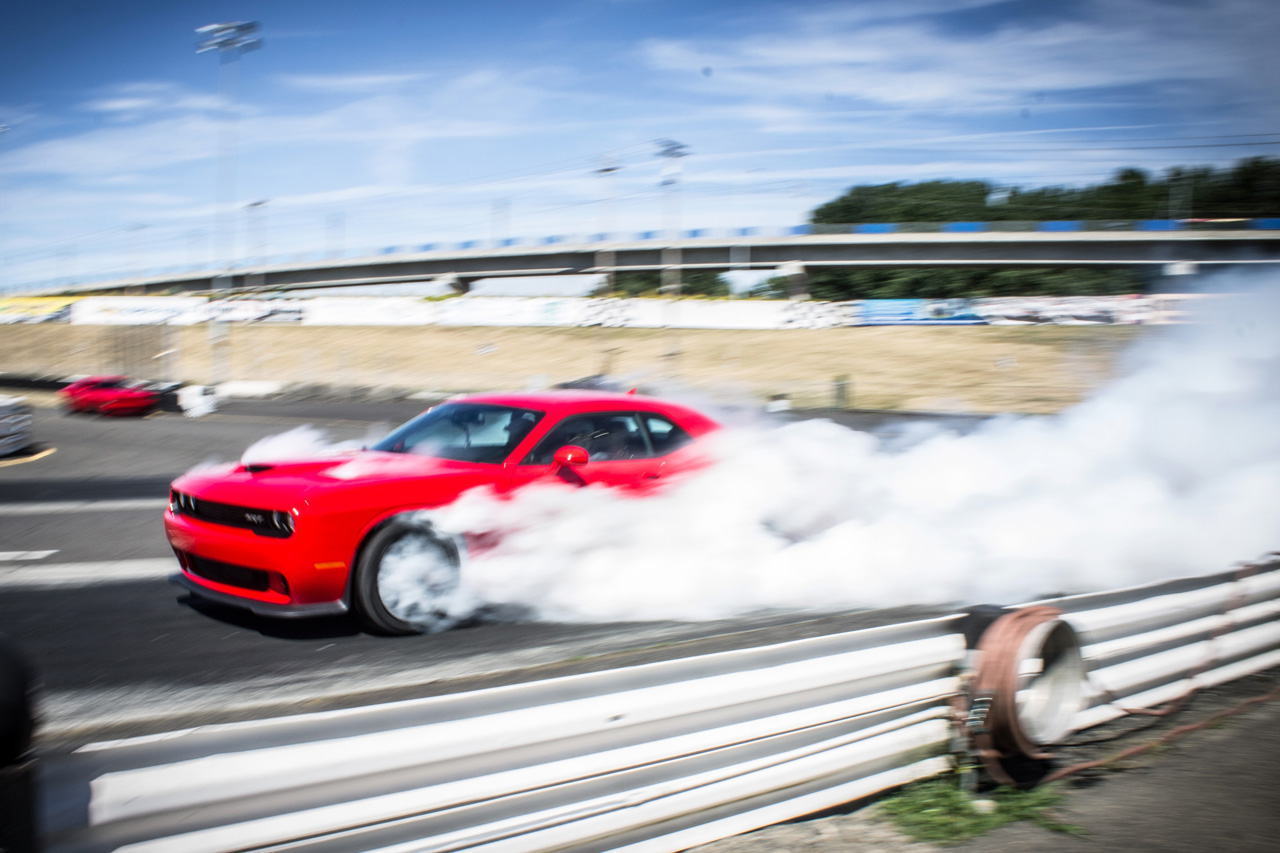
The act of rapidly spinning the drive wheels of a front- or rear-wheel drive car, while said car is otherwise stationary, to create large amounts of noise and smoke. Cars with more horsepower do burnouts more easily. Burnouts are a common part of drag racing, since they heat up the vehicle’s tires, helping make them stickier, for more traction. A burnout may also be called a “roastie” or “smokeshow”. If you see a car that’s not moving, but two of its four wheels are spinning quickly, and there’s a lot of noise and smoke, then that car is doing a burnout. Four-wheel burnouts are possible in some cars with all-wheel drive, and are of the utmost awesomeness.
Quarter-Mile
The quarter-mile is a common type of race, used to express how fast a car is. In a quarter-mile, the car starts from a stop, accelerates full throttle, and eventually covers a quarter-mile of distance, in an amount of time, and at a given speed. For instance, “My Stingray runs the quarter-mile in 12.5 seconds at 125 miles per hour.”
Headlight Fluid

There is no such thing as headlight fluid. If a gearhead asks you about your headlight fluid at a social gathering, they’re making fun of you. Consider a well-timed throat punch [I believe you mean “cutting remark on their choice of beverage”. – Ed.], then retreat to the cheese platter.
Turbocharger

A turbocharger is an air compressor driven by an engine’s exhaust gasses. It crams more air and fuel into the engine, which makes the engine create more horsepower and torque. Turbochargers were once used mainly in performance car models, though they’re now more common in newer mainstream vehicles, as they can help save fuel. Many engines do not have a turbocharger. Some engines have one turbocharger, and are often designated as “turbo”. Other engines have two turbochargers, and are typically called “twin turbo” or “bi-turbo”. Driving a car with a twin turbo engine makes you a total boss. Sometimes, because of its shape, a turbocharger is referred to as a “snail”, but not very often.
Supercharger

A supercharger is an air compressor driven by a belt attached to the engine. It works similarly to a turbocharger, with the same purpose of cramming more air and fuel into the engine for added horsepower and torque. Superchargers are less common than turbochargers in new vehicles. Sometimes, a supercharger can be called a “blower”.
Boosted
Depending on the context, the word boosted can refer to the presence of a turbocharger or supercharger on the vehicle in question; or may refer to the act of boosting, or jump-starting a car that has a dead battery. It is possible to boost a boosted car, though this sentence is confusing.
In some circles, boosting a car also refers to car theft. Imagine boosting a boosted car that requires a boost? Avoid the word “boosted” whenever possible. This is the most complicated of words.
Shelby
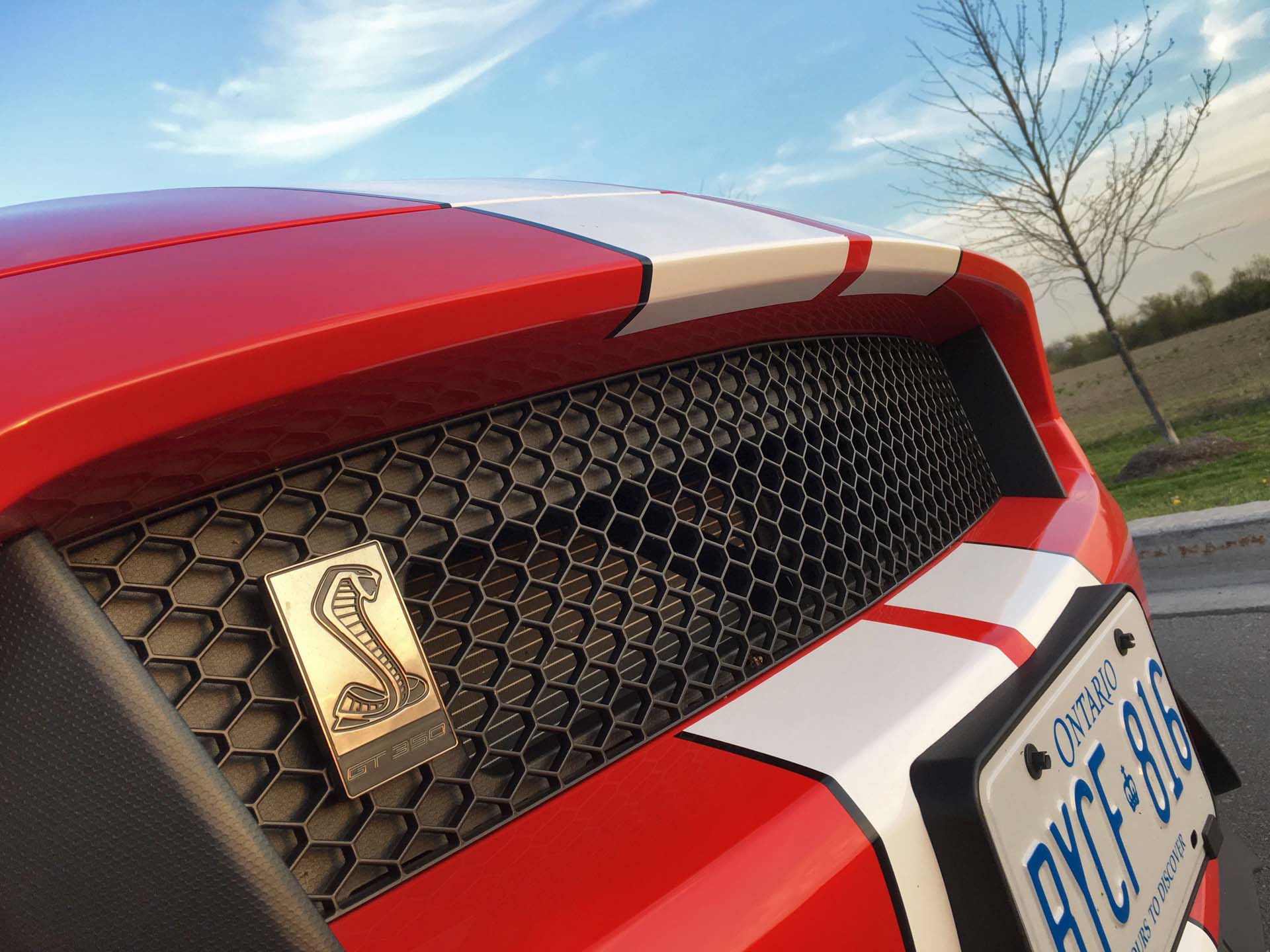
Most likely refers to a fast Ford Mustang variation, specially tuned for added performance by Shelby, a company that specializes in making Mustangs go fast.
Hellcat

A really fast Dodge, with a 6.2-litre supercharged V8 engine. Therefore, it’s boosted. It has lots of horsepower and torque, and is rear-wheel drive – so it’s good at burnouts. (See photo of a Hellcat under "Burnout".)
Brake Calipers
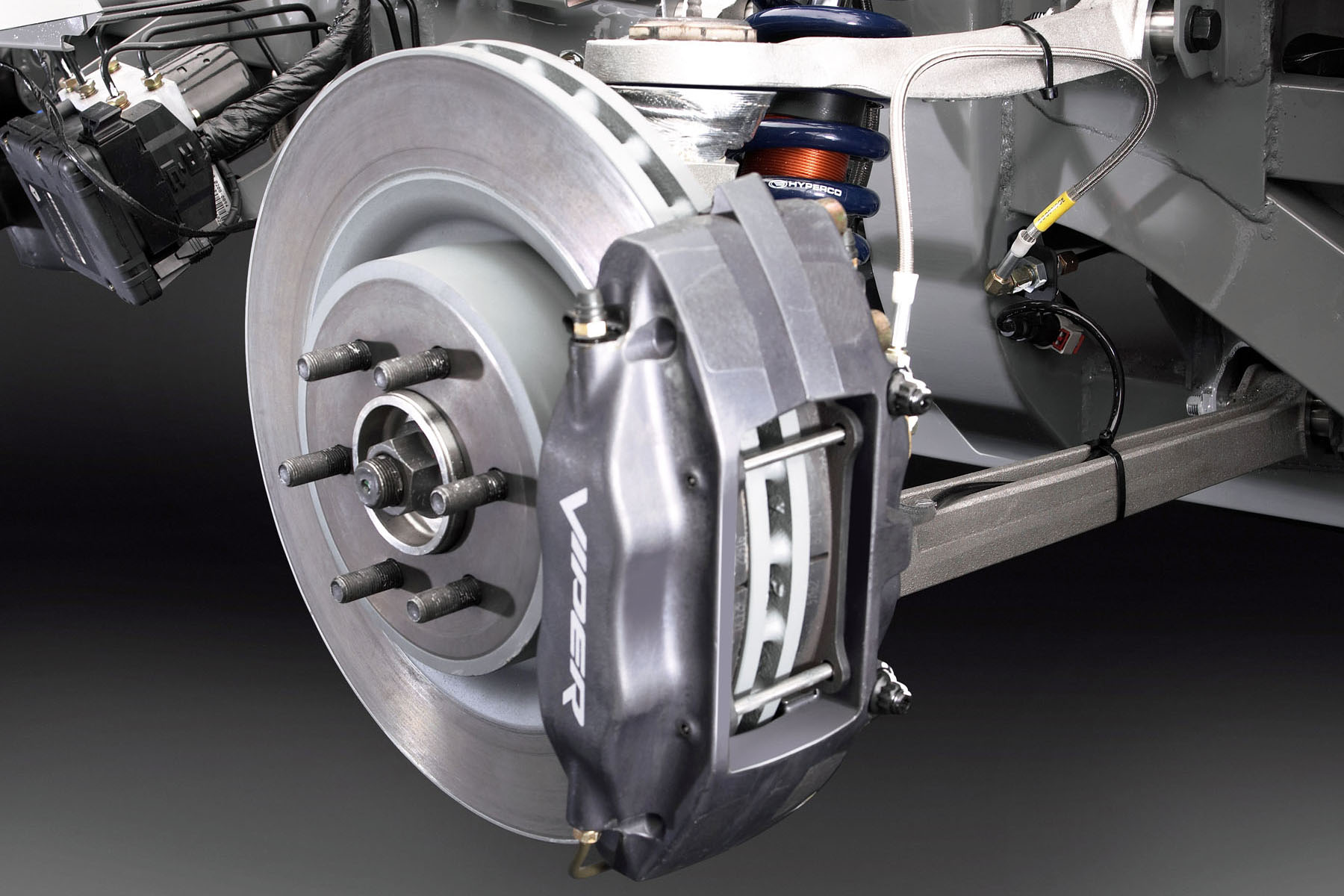
This is the part of your vehicle’s braking system that provides a clamping force, responsible for stopping the car. When you press the brake pedal, the brake caliper at each wheel squeezes the brake pads (see below) into the rotor (also see below), to generate friction, which slows the car. It’s good to know about brake parts when visiting a mechanic. Pro tip: Brakes have calipers, not calibers. Brake calibers are not a thing that exists. Brake calipers are.
Brake Rotor
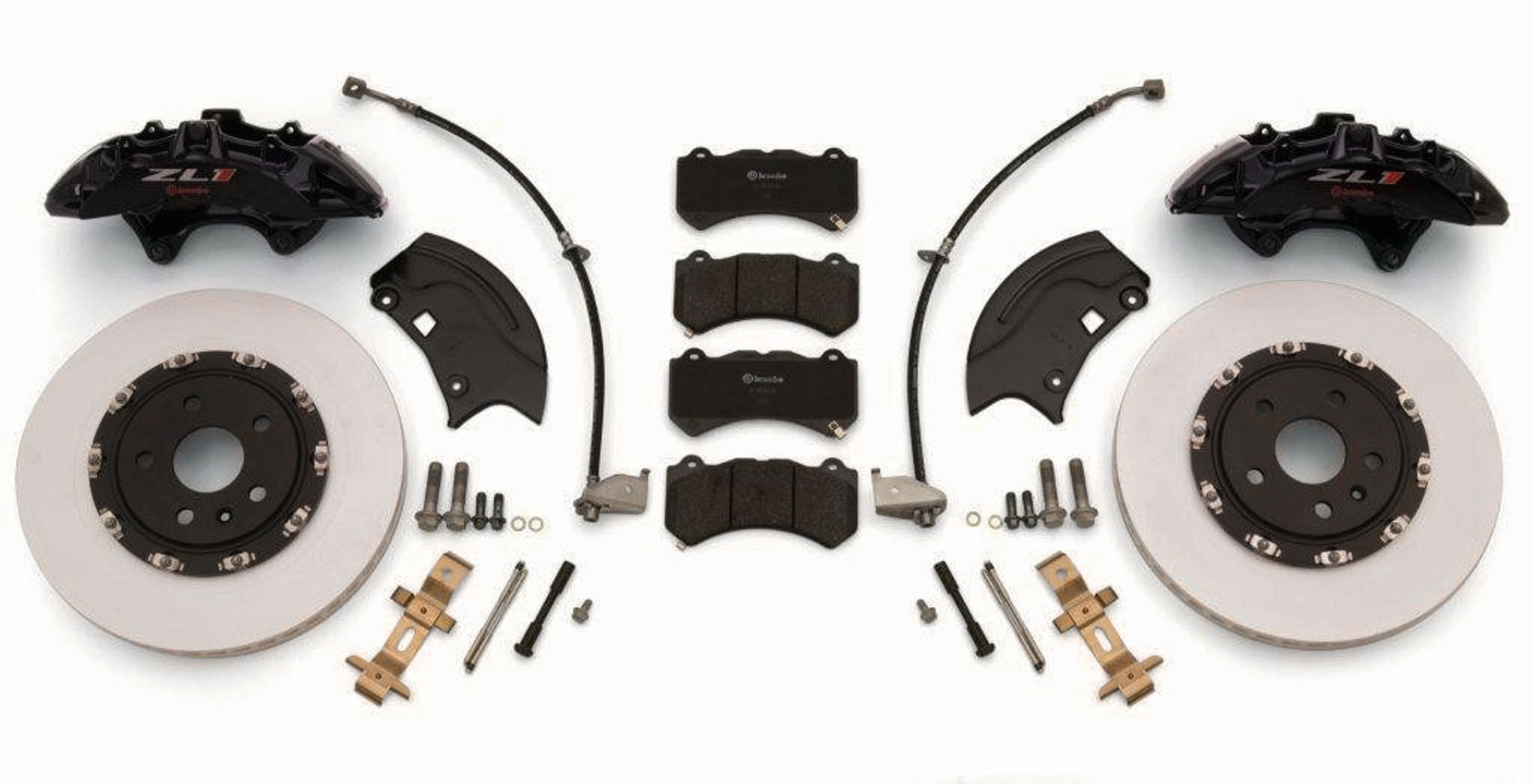
The brake rotor is a round metal disc bolted in behind your vehicle’s wheels. It spins at the same speed as the wheel does, since they’re bolted together. When braking is applied, the brake caliper squeezes the brake pads (see below) against the brake rotor, creating friction and stopping power. Sometimes, your mechanic needs to change your brake rotors, as they wear out over time.
Brake Pads
Brake pads sit between the caliper (see above) and the brake rotor (also above). They’re made of a special material that creates the friction required to stop your ride, when the caliper clamps them against the rotor. Brake pads need to be changed regularly, as they wear out with use.
Brembo

This refers most commonly to a type of powerful braking system used on fast cars, made by Brembo, a company famous for high-performance brakes. If a vehicle has Brembo brakes, or a “set of Brembos”, it stops really, really fast. Brembo brakes typically consist of Brembo-manufactured brake calipers, brake rotors and brake pads. (see above)
Catalytic Converter
Another part of your ride that may require attention from a mechanic at some point in its life. The catalytic converter is part of your vehicle’s exhaust system, and makes it emit less pollution. Avoid the common temptation to call this part a Cadillac converter, as this is an embarrassing mistake. There is no such thing as a Cadillac converter.
Porsche Panamera

A four-door sports car from Porsche, which is not called the Porsche Panorama, so don’t call it that.
Air Filter
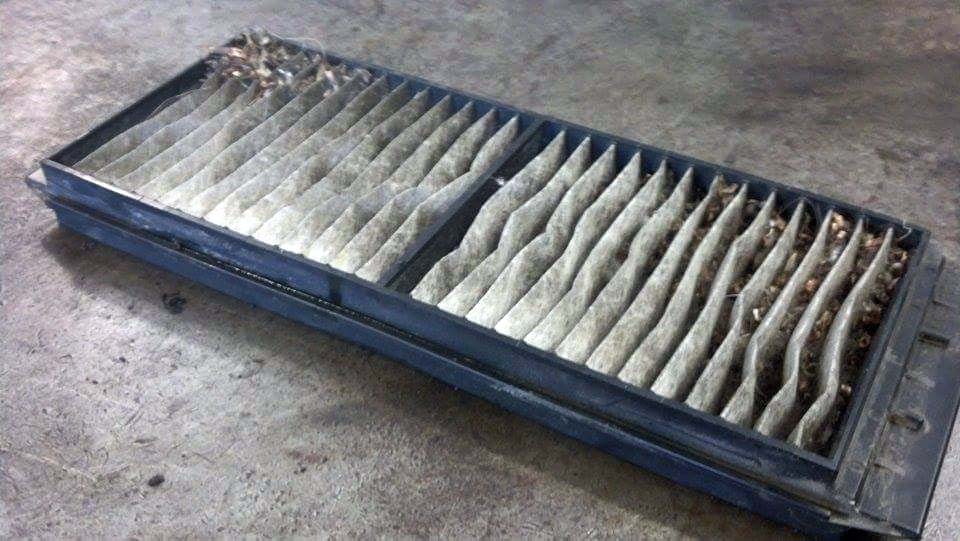
Another good term to know when visiting your mechanic. Your ride has an air filter, or engine air filter, that keeps yucky things from getting inside of your engine. Like all filters, it eventually clogs up and needs to be replaced.
Cabin Air Filter
Your ride may have a cabin air filter too. Where an engine air filter keeps the air entering your engine clean, the cabin air filter filters the air going into your heat and air conditioner system, keeping the components within clean and functioning properly. If your cabin air filter is clogged, your heat, defroster and air conditioner won’t work properly.
Automatic Climate Control
With automatic climate control, you set the temperature you like, and the system automatically maintains it for you – just like setting the thermostat in your hallway at home.
Bluetooth
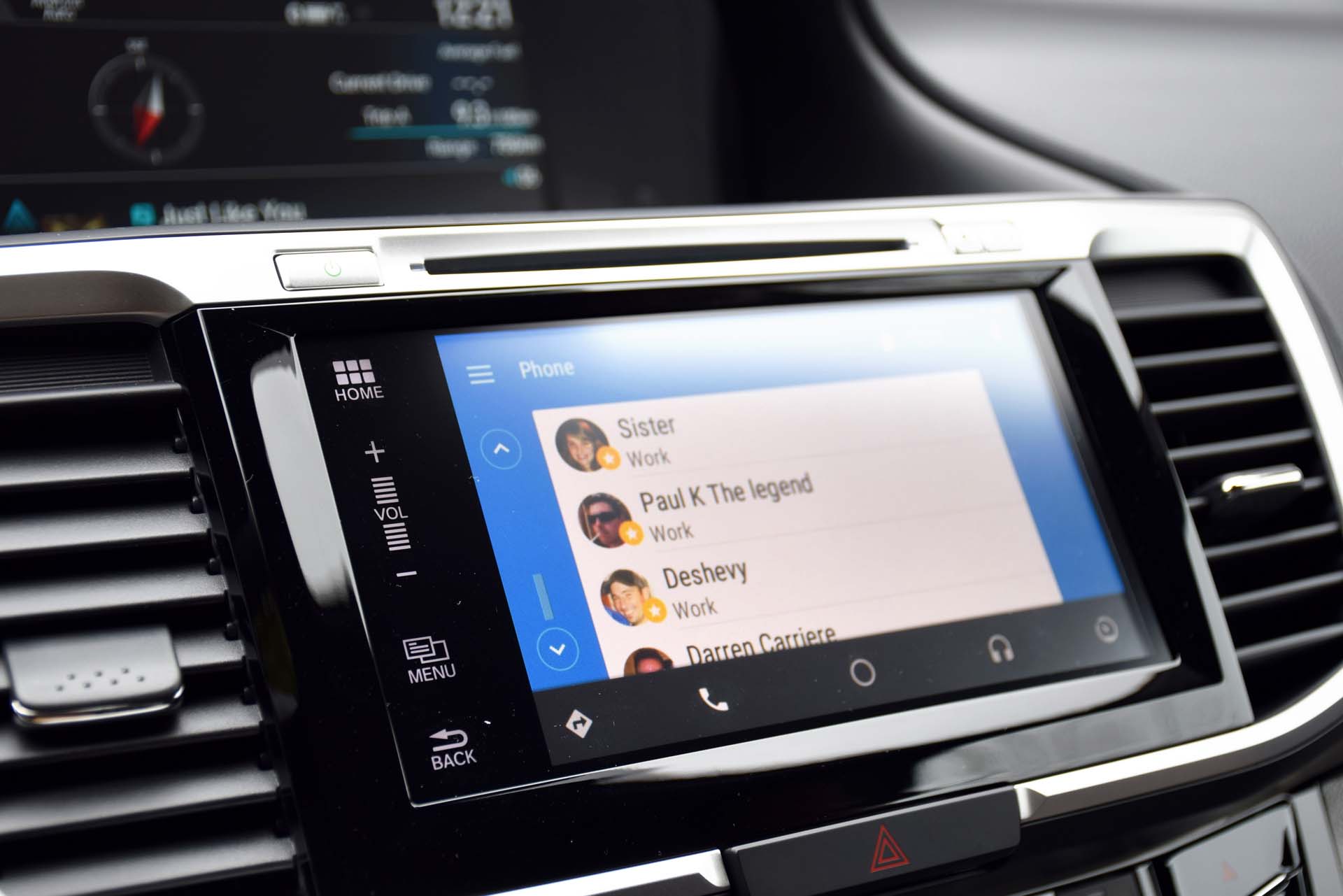
A wireless communications protocol that allows devices to exchange data without wires. Commonly used to connect your smartphone to a vehicle interface that enables hands-free phone calls. Named Bluetooth for a medieval Scandinavian king.
Al Dente
This is a cooking terminology, and not associated with the automotive world.
Hybrid
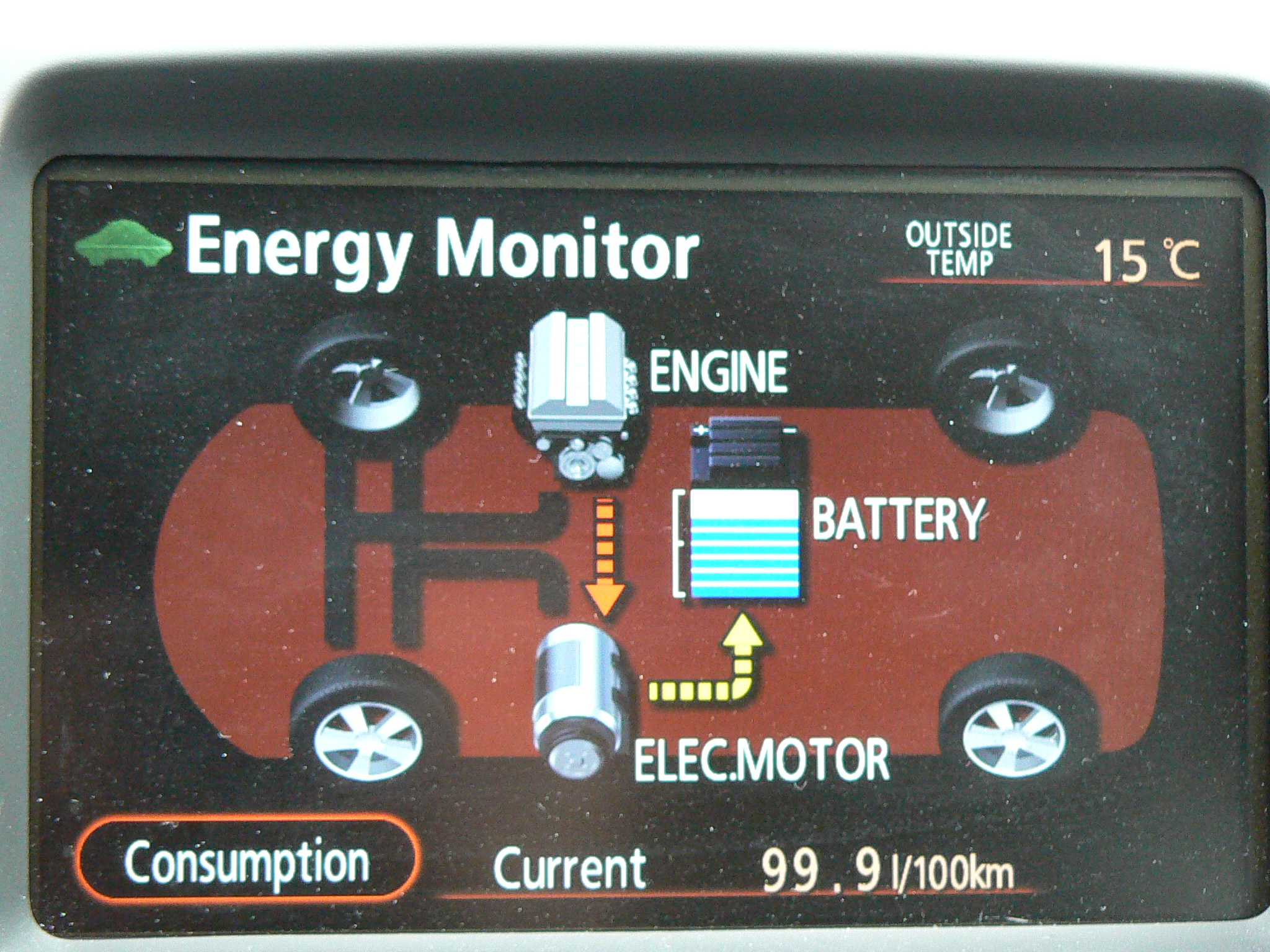
A hybrid is a type of vehicle that uses both a gas engine and an electric motor, powered by an on-board battery, to drive the car. Using both electricity and gasoline, a hybrid car typically saves fuel and emits less pollution. The most popular hybrid car is the Toyota Prius, though many others exist – a Prius is a hybrid, but not all hybrids are Priuses. Most hybrid cars cannot do burnouts, though some are supercharged.
Electric Vehicle (EV)
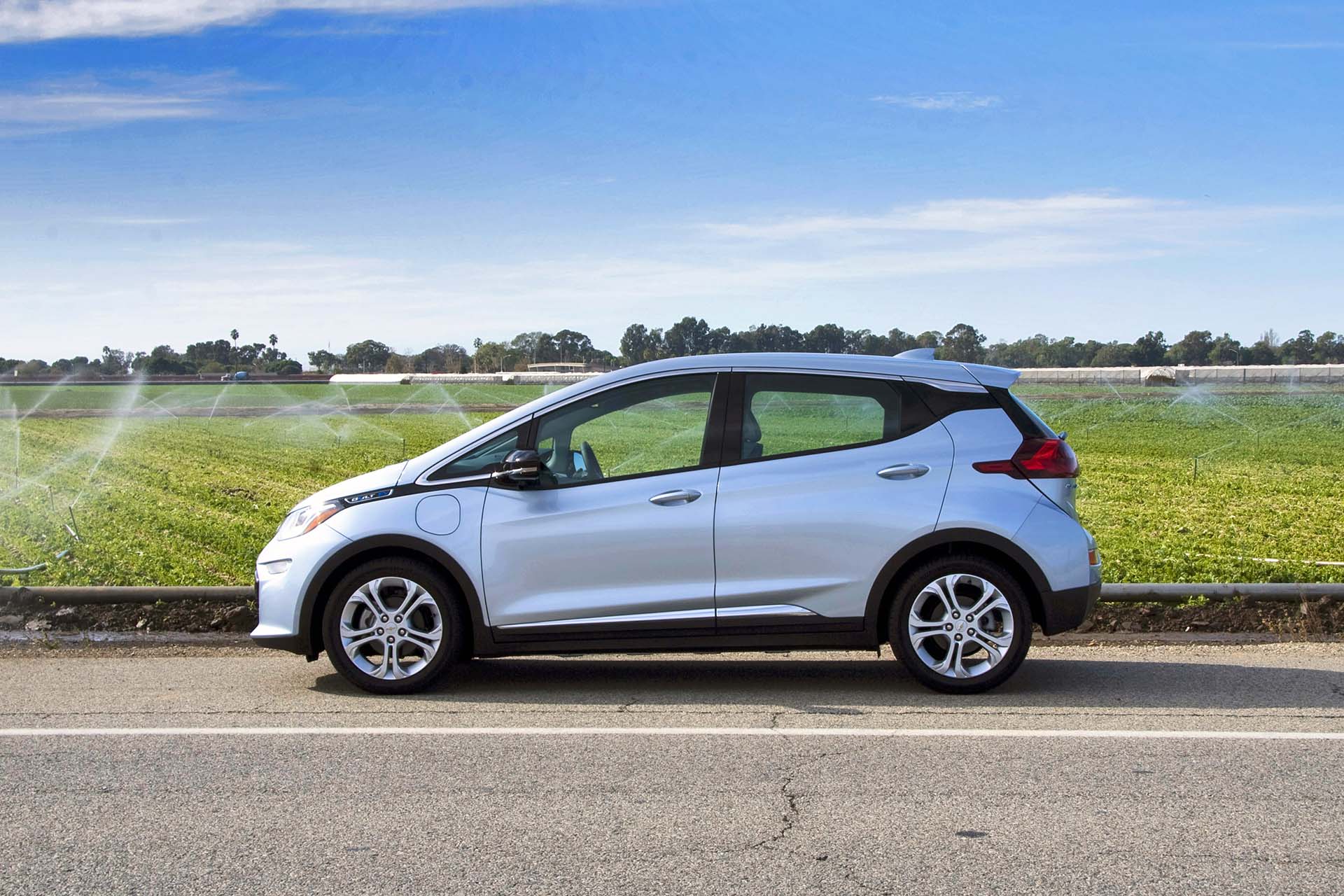
In an electric vehicle, there’s an electric motor, but no engine.* As such, an EV cannot be supercharged or turbocharged. An EV doesn’t use any gasoline, ever, though they do have horsepower and torque. Common EV models include the Tesla Model S, and the Chevrolet Bolt. *Some EVs may have a gas engine, called a range extender, which only serves to charge the battery.
Muffler Bearings
Muffler bearings are not a thing that exists. Some automotive enthusiasts use this fictional construction to poke fun at non-automotive types, because it sounds feasible. Do not fall for this most detestable of tricks.
